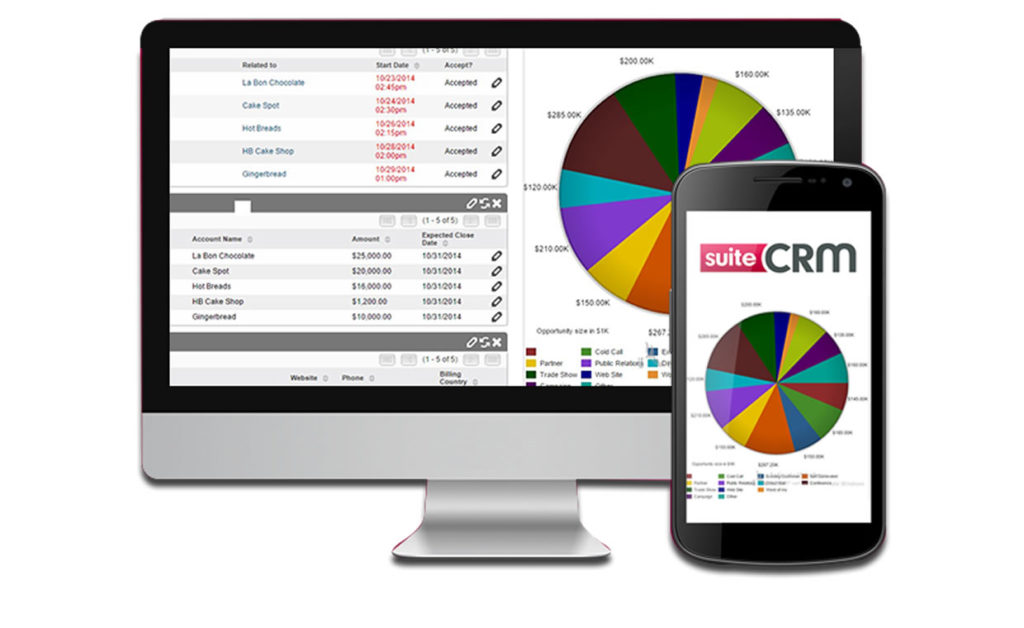Customer Relationship Management (CRM) is a powerful tool that perfectly complements Dan Kennedy’s approach to direct response marketing, enhancing its effectiveness and impact. Kennedy’s approach is all about creating personalized, targeted, and persuasive marketing campaigns that resonate with individual customers, and CRM provides the infrastructure and insights needed to execute this strategy seamlessly.

- Segmentation and Targeting: Dan Kennedy emphasizes the importance of segmenting your audience and crafting tailored messages for each group. CRM systems allow you to categorize and organize your customer database based on various criteria such as demographics, buying behavior, and preferences. This segmentation enables you to send highly relevant and targeted messages, offers, and promotions to different customer groups, maximizing the chances of engagement and conversion.
- Data-Driven Decision Making: Kennedy’s approach emphasizes making marketing decisions based on real data and results. CRM software collects and analyzes customer interactions, purchase history, and engagement metrics. This data-driven insight helps you identify the most effective marketing channels, campaigns, and messages. You can track which campaigns generate the highest response rates, allowing you to refine your approach over time and invest resources where they have the greatest impact.
- Personalized Communication: Kennedy’s strategy involves crafting personalized messages that speak directly to the recipient’s needs and desires. CRM systems enable you to store detailed customer profiles, including their preferences, purchase history, and interactions with your business. Armed with this information, you can create personalized marketing materials that resonate with individual customers, increasing the likelihood of capturing their attention and driving conversions.
- Automated Follow-Up: Kennedy emphasizes the importance of consistent follow-up to build trust and credibility with potential customers. CRM platforms offer automation capabilities that allow you to set up personalized follow-up sequences based on customer behavior. You can send automated emails, reminders, and offers at strategic intervals, ensuring that your brand remains top-of-mind and reinforcing the direct response message.
- Measuring ROI and Campaign Effectiveness: Kennedy’s approach focuses on measurable results and return on investment (ROI). CRM systems provide tools to track the performance of your marketing campaigns in real-time. You can monitor key metrics such as lead conversion rates, sales, and revenue generated from each campaign. This allows you to calculate the ROI of your marketing efforts accurately and make informed decisions about resource allocation.
- Testing and Optimization: A crucial aspect of Kennedy’s approach is testing different marketing elements to determine what works best. CRM software enables A/B testing of email subject lines, content, and calls to action. You can experiment with different approaches, analyze the results, and refine your campaigns based on data-driven insights.
In essence, CRM serves as the backbone of Dan Kennedy’s direct response marketing approach by providing the tools needed to segment, target, personalize, automate, and measure the effectiveness of campaigns. It enables businesses to implement Kennedy’s strategies at scale, fostering meaningful customer relationships and driving revenue growth.






